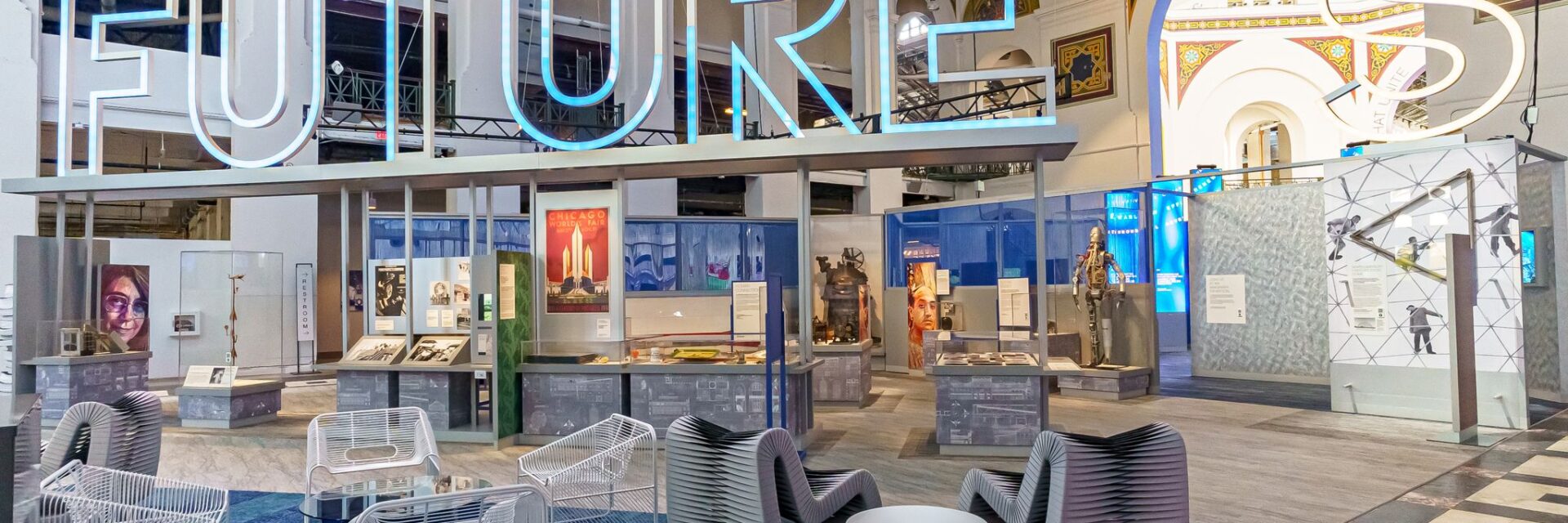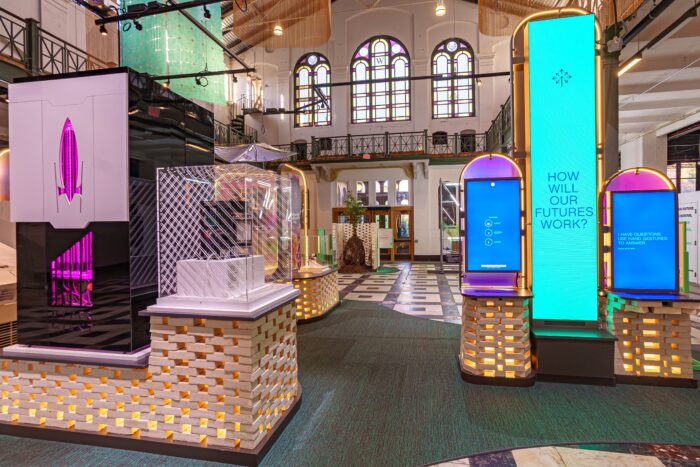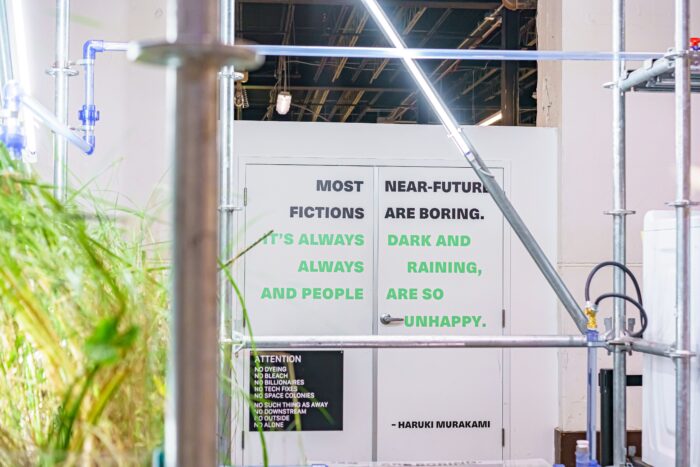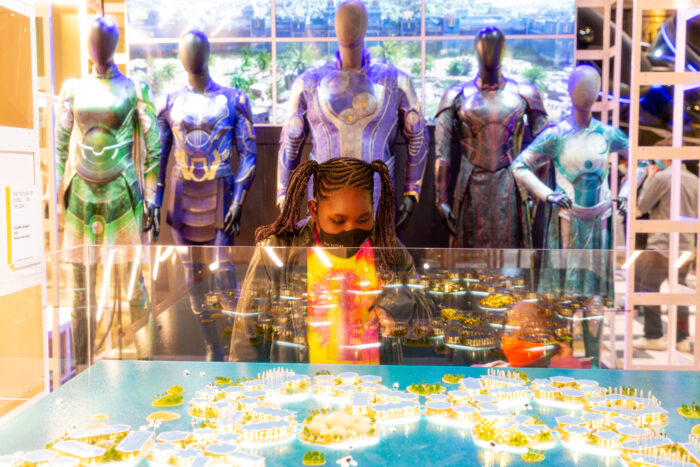- What We Do
- Understanding your audience
- Engaging new audiences
- Designing experiences
- Building loyalty
 Case studies
Case studiesSmithsonian: What does the future look like?
In 2019, the Smithsonian talked to us about an exciting idea: a future-focused exhibition that wasn’t just about exploring big questions and provoking thought but also about inspiring people to think differently about the future. But first, the team really needed to understand how people felt about the future now. There was a need to explore what were the hopes, fears, expectations that they would bring to the exhibition and therefore shape how they responded. This is what happened…
Tackling big questions
In spring 2021, the American Alliance of Museums released a study that showed that museums are among the most trusted of institutions – more so than scientists, non-profits, press and government.
With the public increasingly looking to museums to cut through the noise, institutions are more than ever prepared to tackle big, critical issues, to present thoughtful and diverse perspectives, and to ask stimulating questions.

The Smithsonian’s hopeful vision of the future
FUTURES opened at the Smithsonian’s Arts + Industries Building (the first exhibition at the site after nearly two decades of closure) in November 2021 and runs until July 2022. A ‘part exhibition, part festival’ that offers a glimpse into humanity’s next chapter. It’s a fantastic, interactive and engaging space that presents a range of possibilities of what the future could look like.
In 2019, the Smithsonian talked to us about an exciting idea: a future-focused exhibition that wasn’t just about exploring big questions and provoking thought but also about inspiring people to think differently about the future. Their goal was for people to leave the exhibition feeling hopeful and empowered.
But first, the team really needed to understand how people felt about the future now. The future is at once both a global issue and something deeply personal, visitors are not blank slates. There was a need to explore what were the hopes, fears, expectations that they would bring to the exhibition and therefore shape how they responded.
Identifying fears and expectations for the future
We began with a small-scale in-depth qualitative study. We posed a number of open questions to a diverse group of 18 participants in the DC area, delving into what was top of mind when they considered the future.
We asked them to imagine a range of possible futures and teased out what feelings they evoked – from excitement to uncertainty, from despair to hope. We followed this with a robust, nationally representative 2000 sample to test the ideas we’d generated in phase 1.
‘Future’ starts at home
When considering the future, the first thought is ‘What about me?’ When you ask about the future, people automatically envision their own future – jobs, families, homes, travel, etc. And this is often a positive feeling, one of anticipation.
Global futures are bleak
When we asked to push further, they immediately jumped to a global future – climate crisis, political unrest, inequality. To many, the future looked bleak and overwhelming. We needed something to ease people into the idea of thinking about the future – like reflecting on the progress already made.

Community is where we have most agency
We found it interesting that the natural instinct seemed to skip over the space in between personal and global. But when we explored deeper, we found local community was the area where people felt that they had the most agency to create change and make a difference to a shared future. It seemed that tapping into this feeling might be the key to inspiring a more positive outlook.
People want to feel hopeful
All of this however reinforced one thing: that the Smithsonian’s vision for the exhibition was spot on. There was huge appetite for hope. Potential visitors really wanted to feel good about the future. And we learned a lot along the way to help shape that vision.
The Smithsonian team welcomed these insights and fed them into their bold plans. Two years later they had evolved to the exhibition open today: an exhibition divided throughout four halls that begins with Futures Past and then offers the possibilities of Futures that Unite, Futures that Inspire, and Futures that Work.
It also invites people to be part of it. The thought-provoking nature of the exhibition includes interactives which continue to explore the kinds of issues we investigated in our early research. The exhibition is designed to listen, across several digital and analog interactives visitors can share with their feelings, expectations and hopes back to the exhibition and with each other.
Photo credit: Rap prodigy Fly Zyah at the FUTURES Remixed opening weekend_by Farrah Skeiky
- Engaging new audiences
- Understanding your audience
